Australia’s slow-to-adapt transmission network, which is holding back a massive pipeline of renewable energy projects, has once again been identified as a major obstacle to solar and wind energy investment. The renewables project pipeline in the National Electricity Market (NEM) remains massive at 67 GW capacity, including 6 GW under construction and 61 GW in announced projects, according to U.S.-owned analyst Wood Mackenzie, but the current conversion rate to firm projects is low due to grid congestion.
Earlier announcements, surveys, and reports have already unmistakably suggested a massive drop in investor confidence, and the WoodMac figures confirm that new investments in 2019 plunged more than half to US$2.9 billion from US$6.9 billion in the year before. As for the main reasons behind this drop, the analysts point to grid limitations, such as system strength issues in Victoria, New South Wales, and Queensland, and low spot prices for large-scale generation certificates that have caught up with the rapid growth of renewables.
“With about 5GW of wind and solar installations added last year, Australia is a major market for renewable energy investments in the Asia Pacific region. However, looking beyond 2021, new investment is drying up,” Wood Mackenzie principal analyst Robert Liew said. “Australia needs a well-defined road map to address investments in grid infrastructure if renewables growth is to continue.”
There is no doubt the transmission grid needs targeted augmentation to balance resources and unlock renewable energy zones. While over 30 GW of new renewables may be required by 2040, the existing network only has an estimated connection capacity for 13 GW in areas with favorable renewable resources, states the Australian Energy Market Operator’s 20-year grid transition blueprint, the Integrated System Plan (ISP). However,
According to AEMO’s latest study released this week, Australia’s main grid can safely accommodate up to 75% renewable energy as soon as 2025, provided market conditions and the regulatory environment are modified. Presently, the NEM operates with 17 GW of wind and solar generation capacity, including both utility-scale and distributed PV, and is set to add another 10 GW over the next five years and another 40 GW by 2040, according to forecasts from the Draft 2020 ISP Central scenario.
Transmission in transition
One of the actions AEMO recommends to be prioritized to safely operate the power system with very high levels of renewables is the construction of transmission resources identified in the ISP. And some movement on transition is already happening.
In April 2019, the Australian Energy Market Commission (AEMC) began to streamline processes for three priority transmission upgrades including the interconnection between New South Wales and Victoria (VNI), the construction of the NSW-South Australia Interconnector, and the Queensland and New South Wales Interconnector (QNI), which was taken to shovel-ready status earlier this week.
In January, the NSW-SA line, also known as Project EnergyConnect, got a regulatory go-ahead from the Australian Energy Regulator. The 900-kilometer transmission line built by ElectraNet and Transgrid is expected to unlock up to 30 new wind and solar projects totaling nearly 5.3 GW planned for South Australia, New South Wales, and Victoria. In December, AEMO called for submissions on the VNI expansion, with the NSW component expected to be delivered in 2021-22 to provide reliability ahead of the retirement of the Liddell Power Station.
But the speed of transmission work is still lagging behind renewable energy investment. The state of Victoria was well aware of that when it decided to break away from national electricity rules and introduce legislation that will fast-track priority projects like grid-scale batteries and transmission upgrades. The state government has pursued amendments to its legislation to override the current “complex and outdated” national regulatory regime that has led to grid bottlenecks and delays.
Always the cheapest
Risks associated with transmission losses i.e. marginal loss factors (MLFs) are another cause of concern. According to WoodMac, MLFs for wind and solar projects are declining, indicating a growing risk of lower revenues. “In general, solar projects have seen greater declines in MLFs compared to wind power, but at the project level, MLF values can vary significantly even if they are in the same state,” senior analyst Rishab Shrestha said.
With more renewable projects planned to come online, MLFs could decrease even further, WoodMac says, adding uncertainty to investment planning. However, the recently released final MLF report for 2020-21 from AEMO has provided some good news for operational large-scale solar projects delivering only smaller changes compared to those seen in preceding years and much smaller downgrades than expected. But the bad news was that the reduced need for MLF adjustments came as a result of a slowdown in new project development and additional network constraints.
Despite these barriers, the levelized cost of electricity (LCOE) for renewables remains more than competitive. When integrated with battery storage systems, renewables could match gas-fired power within the next five years, the WoodMac analysts say.
But according to the latest LCOE analysis from Bloomberg New Energy Finance, batteries have already forged a more convincing business case than facilities such as gas peaker plants which could be quickly fired up to help meet surges in electricity demand. “The benchmark LCOE for battery storage has tumbled to US$150/MWh, about half of what it was two years ago,” BloombergNEF analyst Tifenn Brandily said.
According to BNEF, Australia hosts some of the lowest cost projects in the world, with LCOE for solar at AUA40/MWh and for wind at AU$50/MWh. The cost of wind collocated with storage is as low as AU$77/MWh, and solar and storage AU$90/MWh.
This content is protected by copyright and may not be reused. If you want to cooperate with us and would like to reuse some of our content, please contact: editors@pv-magazine.com.
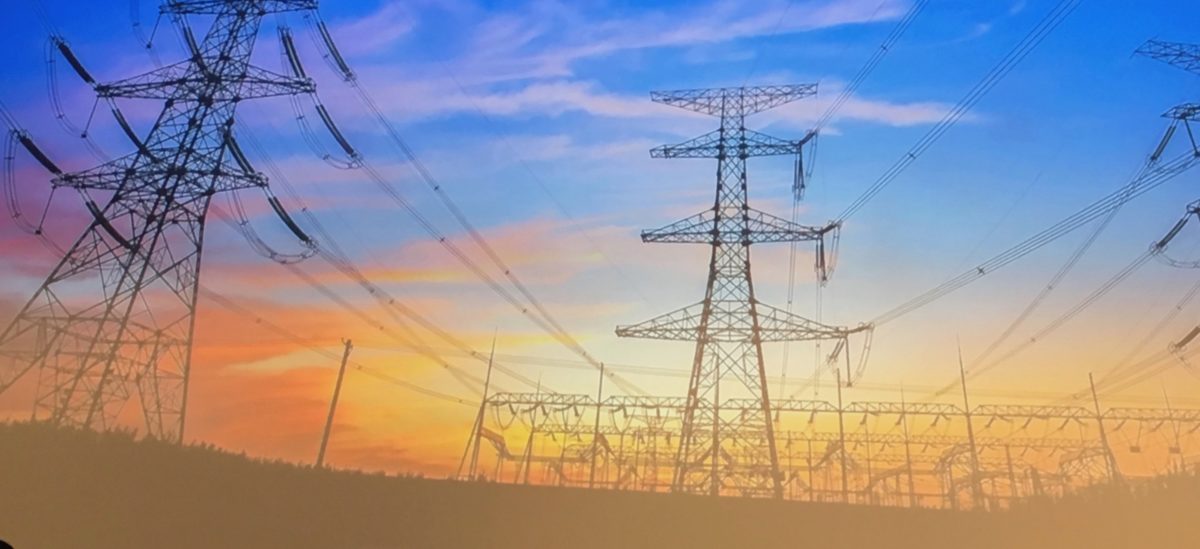
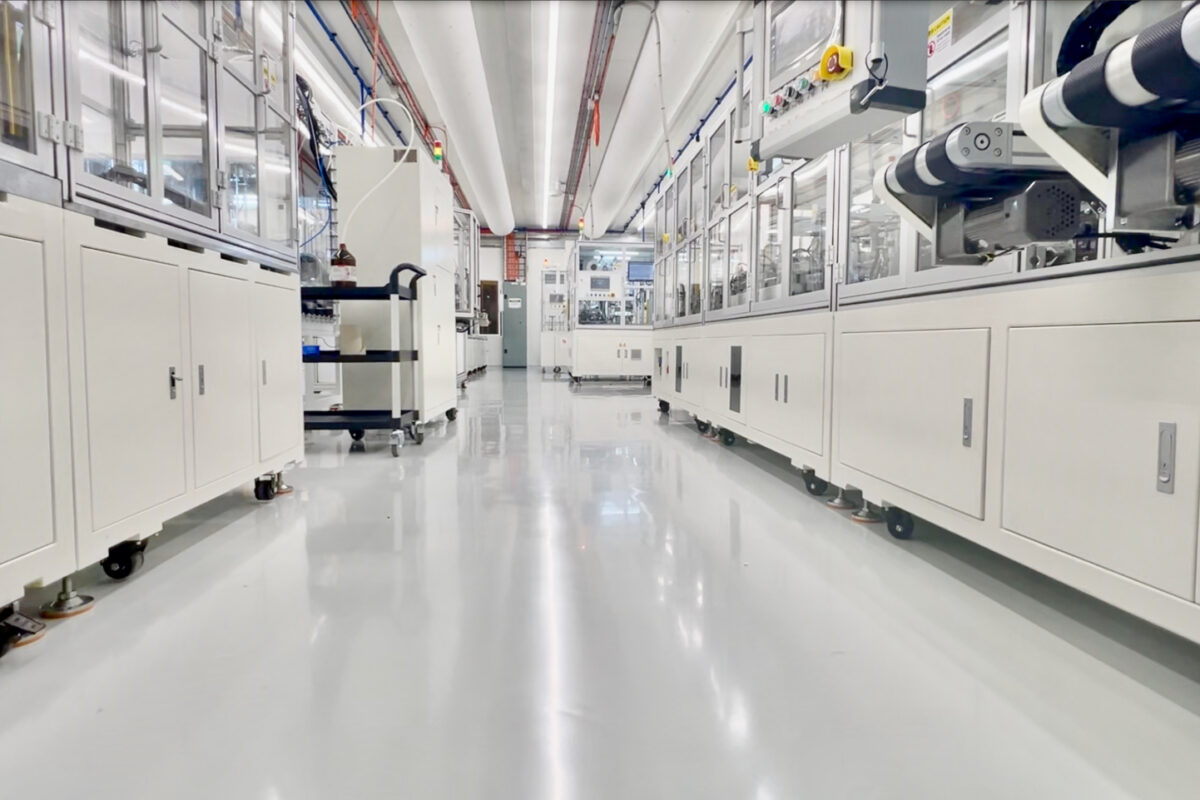


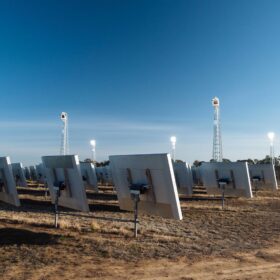

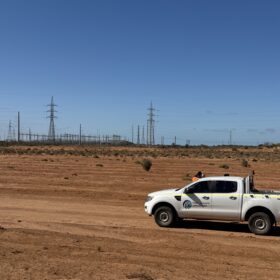
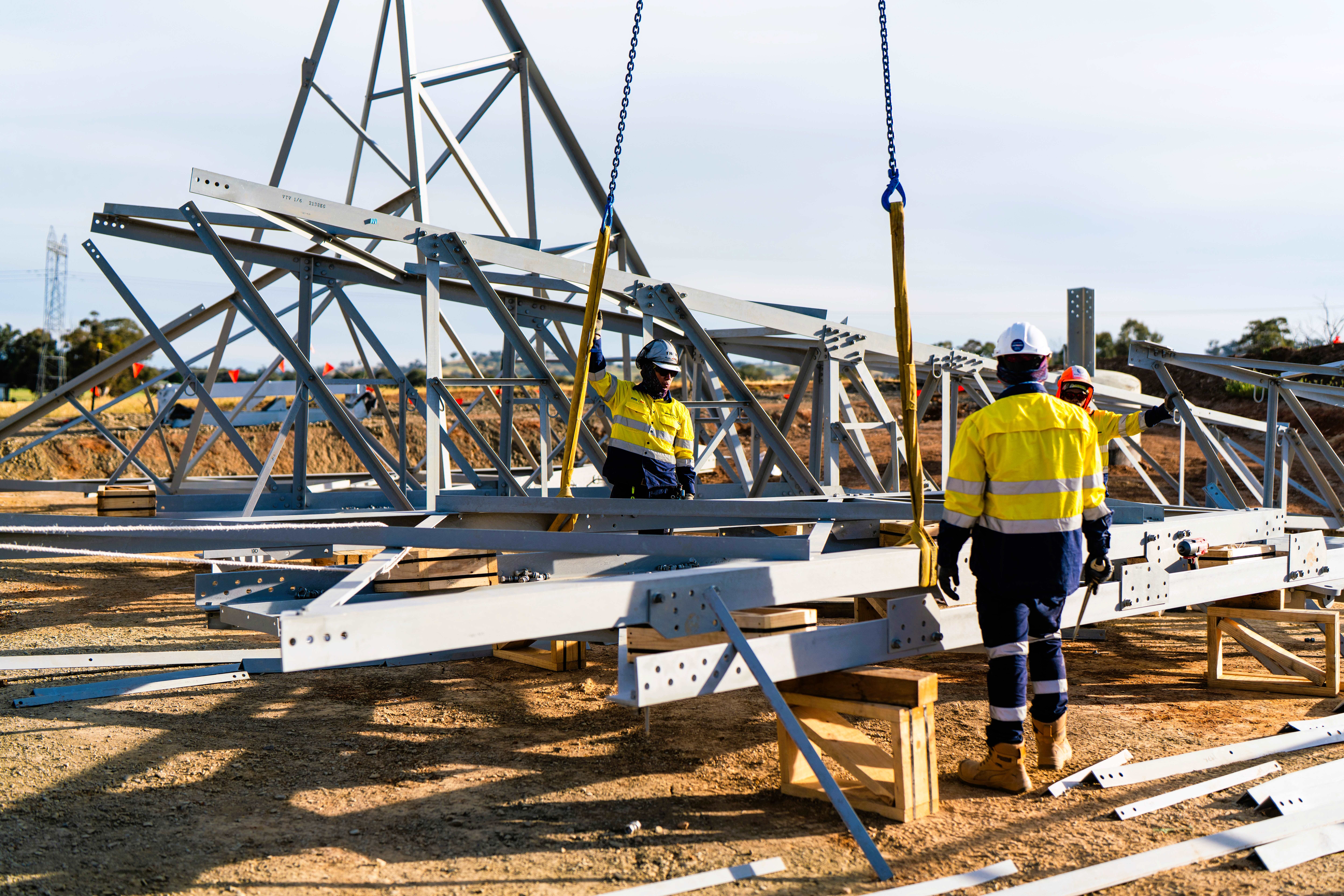
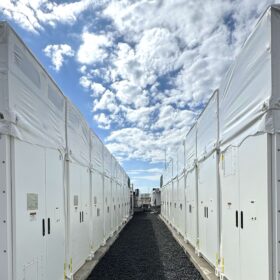
“Despite these barriers, the levelized cost of electricity (LCOE) for renewables remains more than competitive. When integrated with battery storage systems, renewables could match gas-fired power within the next five years, the WoodMac analysts say.”
Depends on how one applies the energy storage system. There have been several energy storage technologies, lithium ion battery seems the favored technology at this time. When one gets into GW of energy storage the economies of scale shift to redox flow batteries or molten salt or molten metal energy storage systems. World wide there has been no entity willing to pull the trigger on such a large scale energy storage facility. Let’s face it, stupid speak of CAPEX and ROI, when one has a nuclear plant that was to cost $10 billion to construct is at $26 billion and rising, does not a sentient point make.